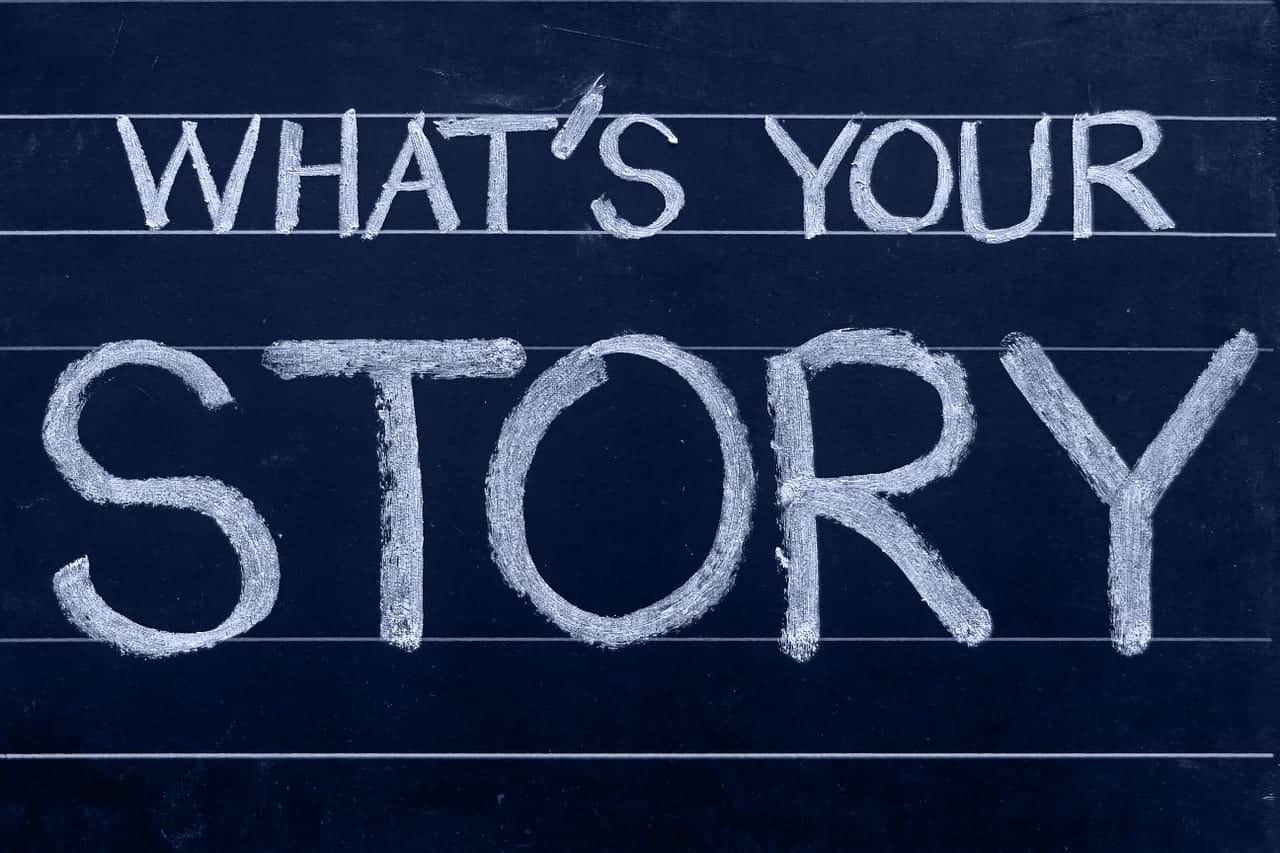We’ve said it before and we’ll say it again: successful video is all about storytelling. Social media gets it, and that’s why the story format has blown up in the last two years. The latest research tells us that stories are growing fifteen times faster than news feeds with more than a billion users. In fact, Facebook’s chief product officer Chris Cox has made this bold prediction: 2019 will be the year the stories format will surpass feeds as a way to share your life with friends. Here’s the story behind story formats.
Story Format History
The story format started with Snapchat stories in 2013. This app catered to the younger set and the way kids were using it caused some parental concern. The public was given access to Twitter Moments in 2016, but it was Instagram stories with their vast user base that caused the format to catch fire. Whatsapp, Facebook and Messenger all added their own versions in 2017. The rest is history, and herstory and all of our stories.

Stories were initially meant to be a quick check-in on someone’s day. A post was only available for a short time and then it would disappear. This format gave the story format some urgency and immediacy. Now stories can be made available for a longer period of time or even archived, but the idea is still to give the audience a peek into what your day looks like at that moment. And it’s obvious that people love a candid glimpse because there are 450 million active daily users of Snapchat, Instagram Stories, and Whatsapp status.
The Business of Storytelling
Although stories are popular with individuals, many businesses also successfully use stories to communicate with their customers and the public. Stories are great for branding, giving a business a voice that’s present in the moment. The story format means you can provide content for your followers on a regular business and stay front-of-mind. Their short lifespan prevents a glut of old posts that can be off-putting for customers. Instead, what they’re seeing is a fresh take on your brand. Tropicana created this campaign on Instagram stories, using the format to show their product in a practical way that’s easy for a consumer to relate to and enact.
https://www.instagram.com/p/BohhsbIADvt/
As with all social media, make sure to brand story format content. Pick a filter or a style for the platform you’re using and incorporate your brand colours and logo. You want a follower to recognize your story by its look. Be consistent across platforms. Friday and Saturday are the most popular time for businesses to post stories—research can help you figure out when you’re likely to get the most engagement.
Popular story types for businesses feature merchandise, give a peek behind-the-scenes, or have a guest take over. Influencers are often the choice for takeovers and they can boost interest from followers. Keep in mind that this isn’t the format for a hard sell, but is better suited to putting a face on your business. Try posting a story that gives tips, reveals a new product, or evokes emotion. And take advantage of your followers by using their content. Create an opportunity for people to engage with your brand and your audience by showing off how they use your products and services. WeWork exemplifies this idea with their bts Instagram stories.
Selling Your Story

What’s the best way to capture a micro-moment and tell your story? Unlike traditional feeds, you can truly weave together a picture of your day with the story format. Otherwise, your posts from 10 am and noon will likely be separated by a whole bunch of other unrelated posts in a follower’s feed. Stories fix this issue by stringing your posts together in one cohesive narrative. Now a follower can see you getting ready for the trade show. You’ve provided a look behind-the-scenes and built excitement for the event. Add a CTA and let your audience know how to get tickets or where to find your booth.
The story format is based on the idea of time-limited content. However, there are ways to prolong the life of your story. On Instagram, you can archive content or even keep it forever on your profile as a Story Highlight . Share your story to another platform like Facebook stories or repurpose on YouTube reels. Think of these story formats as supplements to your regular posts. Your followers are choosing to find out more about your business when they open your story, so make your content worth the effort. Click on the links in this blog for details on how to create your story on various platforms.
Tips for Story Telling
Here are some story format ideas for your business. Give stories a try and we bet you’ll make them part of your regular social media marketing strategy.
- Take advantage of the format’s short lifespan and try something new
- Tease a special story with a posted announcement in your feed
- Involve users and customers with an @ shout out
- Reuse imagery you already have (such as catalog photos, or clips of existing videos) and take advantage of a platform’s built-in editing and text tools
- Tie your stories to campaigns on other channels
- GEOTAG—adding a location tag to your story is an easy way to be seen by other people who are checking in at that spot
Tell Your Story
Block Party research estimated that there are over 970 million accounts posting daily stories daily on Instagram, WhatsApp, Snapchat, and Facebook Messenger. By all accounts, this number will continue to grow and platforms are adding features and issuing updates regularly. Find out why the story format is such a hit with followers and see if you can make the content work for your business. We’ll be watching!









